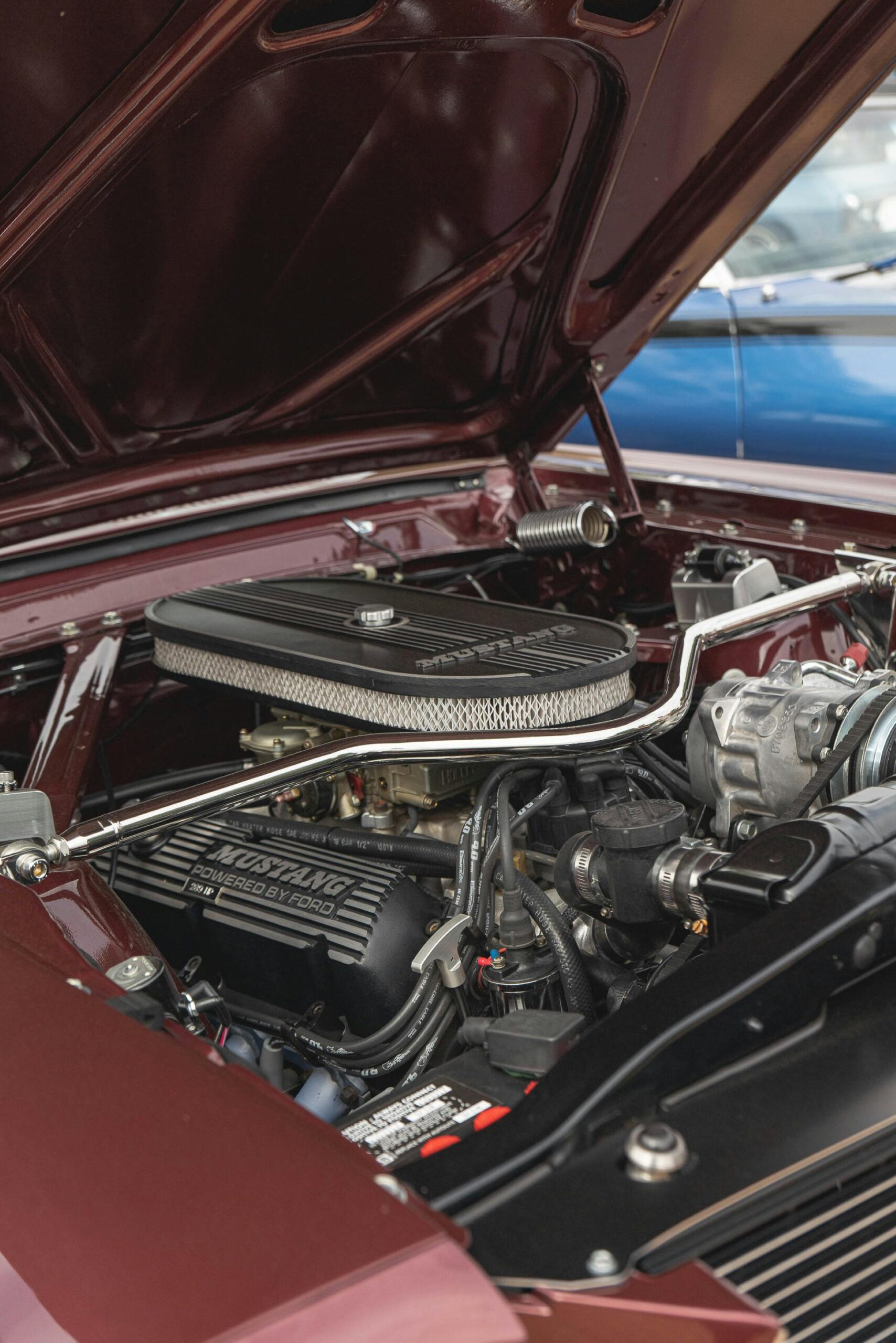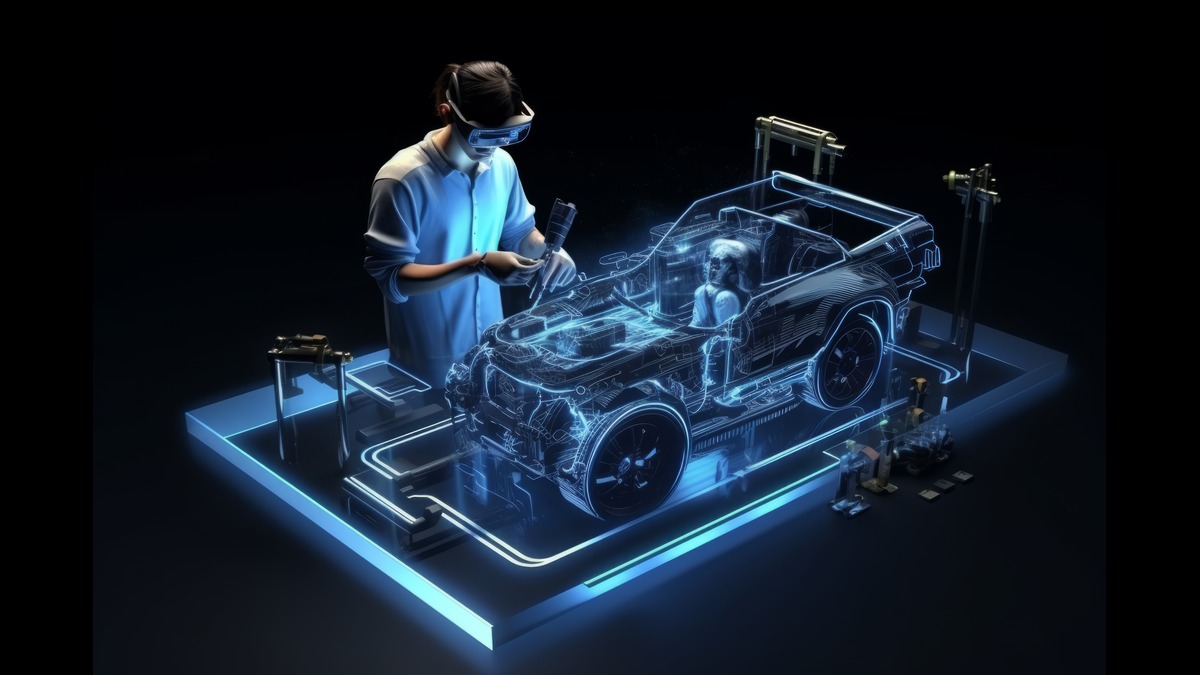Introduction to Automotive Valve Stimulator
An automotive valve stimulator is an essential component in modern engine designs, contributing significantly to the overall performance of a vehicle. In simple terms, it’s a device that helps regulate the opening and closing of engine valves, optimizing engine efficiency. Whether you’re a car enthusiast or a professional in the automotive industry, understanding how this part functions can give you insight into how vehicles achieve better performance and fuel economy.
The automotive valve stimulator plays a crucial role in adjusting valve timing, allowing for smoother transitions in the combustion process. But why is this so important? Let’s dive deeper into the significance of this device.
The Functionality of the Automotive Valve Stimulator
At its core, the valve stimulator ensures precise control over when and how long the intake and exhaust valves in an engine remain open. It directly influences how the engine breathes, which impacts power output and efficiency.
How the Valve Stimulator Works
The valve stimulator works by electronically or mechanically managing valve timing. This fine-tuning helps engines run smoother, generate more power, and improve fuel efficiency. Think of it like the conductor in an orchestra—without it, everything would be chaotic. But with its guidance, the engine’s operation becomes harmonious.
Key Components Involved
Valve stimulators generally consist of:
- Actuators that manage the motion of the valves
- Sensors that detect engine position and performance
- Electronic controllers that adjust timing based on engine load and speed
These components work together to ensure that the right amount of air-fuel mixture enters the combustion chamber at the right time, and that exhaust gases exit efficiently.
Types of Automotive Valve Stimulators
Mechanical Valve Stimulators
Mechanical valve stimulators are the most traditional. They use mechanical linkages and camshafts to control valve timing. Though reliable, they lack the precision of more modern systems.
Electronic Valve Stimulators
These are more advanced, using electronic signals to control valve operation. Electronic valve stimulators provide better accuracy, leading to improved engine performance, fuel efficiency, and reduced emissions.
Hydraulic Valve Stimulators
Hydraulic systems use fluid pressure to control the valves. They offer a balance between the simplicity of mechanical systems and the precision of electronic ones.
Key Benefits of Using Automotive Valve Stimulators
Automotive valve stimulators offer several advantages that contribute to better engine health and performance.
Enhanced Engine Efficiency
The primary benefit of a valve stimulator is improved engine efficiency. By optimizing valve timing, the engine can burn fuel more effectively, leading to greater power output.
Improved Fuel Economy
With precise control over the intake and exhaust processes, valve stimulators help vehicles consume less fuel while maintaining the same level of performance.
Better Performance and Longevity
By reducing engine wear and tear, valve stimulators can extend the lifespan of an engine, allowing for smoother performance over time.
Applications in Different Vehicle Types
Valve stimulators aren’t just for high-performance sports cars. They’re used across a wide range of vehicles.
Passenger Cars
In everyday vehicles, valve stimulators help drivers achieve better fuel economy and smoother acceleration.
Commercial Vehicles
For heavy-duty trucks and buses, valve stimulators play a vital role in managing fuel consumption and reducing emissions during long hauls.
High-Performance Vehicles
In sports cars and racing vehicles, valve stimulators are used to maximize power output and responsiveness, giving drivers an edge on the track.
The Role of the Valve Stimulator in Engine Health
One of the most critical aspects of the valve stimulator is how it contributes to the overall health of an engine.
Preventing Wear and Tear
By controlling the timing of valve movements, the stimulator reduces the strain on engine components, helping prevent premature wear and costly repairs.
Boosting the Lifespan of Automotive Engines
Engines that operate under optimal conditions last longer. A valve stimulator ensures that conditions remain favorable for smooth and efficient operation, prolonging the engine’s life.
How Automotive Valve Stimulators Impact Emissions
Reducing emissions is a significant concern in the automotive industry. Valve stimulators contribute to this goal by ensuring efficient fuel combustion, which minimizes the amount of unburnt fuel released into the atmosphere.
Innovations in Automotive Valve Stimulators
The automotive industry continues to innovate, and valve stimulators are no exception.
Latest Technological Advancements
Technological advancements in valve stimulators include the integration of AI and machine learning to predict optimal valve timing based on driving patterns.
Common Issues and Troubleshooting Valve Stimulators
Identifying Common Problems
Some common issues include irregular engine performance, increased emissions, or poor fuel economy, which can indicate a malfunctioning valve stimulator.
Basic Troubleshooting Steps
If you suspect an issue, checking the wiring, sensors, or having a professional diagnostic done is the best approach.
Installation and Maintenance Tips
Professional vs DIY Installation
While some automotive enthusiasts prefer DIY installations, it’s often safer and more reliable to have a professional handle it due to the complexity of the system.
Best Practices for Maintaining Valve Stimulators
Regular engine checks and timely maintenance are crucial to ensure the longevity of the valve stimulator.
Cost Implications of Automotive Valve Stimulators
Average Cost for Different Types
The cost of valve stimulators can vary widely depending on the type and vehicle model, typically ranging from $200 to $1,000.
Top Manufacturers of Automotive Valve Stimulators
Several manufacturers specialize in producing high-quality valve stimulators, including Bosch, Delphi, and Continental.
Conclusion
Automotive valve stimulators are essential in modern vehicle engines, offering benefits like improved fuel efficiency, enhanced performance, and reduced emissions. Whether you’re driving a passenger car, a commercial vehicle, or a high-performance machine, investing in a quality valve stimulator can significantly impact your vehicle’s longevity and efficiency.
FAQs
What does an automotive valve stimulator do?
It optimizes the timing of engine valves, improving fuel efficiency and performance.
How does a valve stimulator improve fuel efficiency?
By ensuring precise control over the intake and exhaust process, it minimizes fuel wastage.
Can a valve stimulator help with engine noise reduction?
Yes, it can make engines run smoother and reduce unnecessary noise.
How often should an automotive valve stimulator be replaced?
It depends on the vehicle’s usage, but typically every 50,000-100,000 miles.
Are valve stimulators compatible with all types of vehicles?
Not all vehicles use valve stimulators, but most modern engines are compatible.










